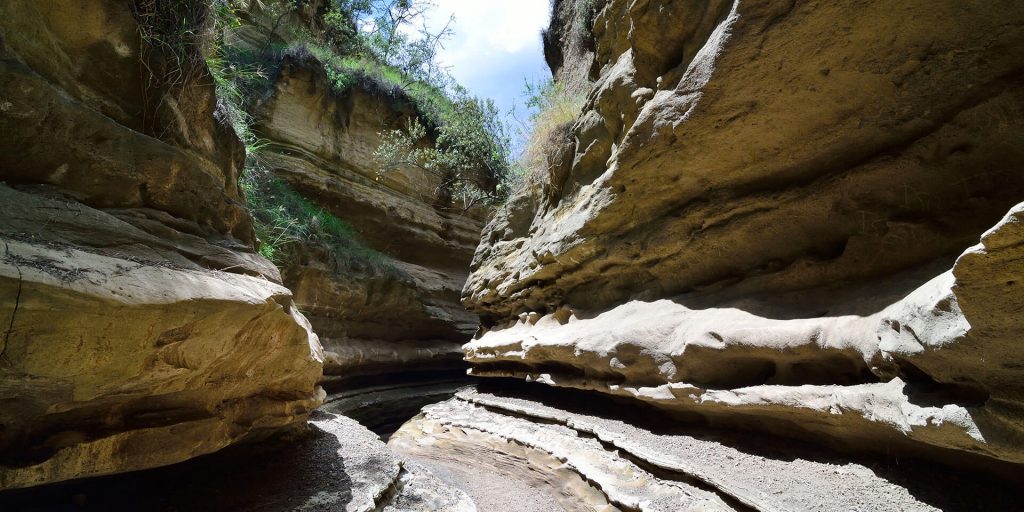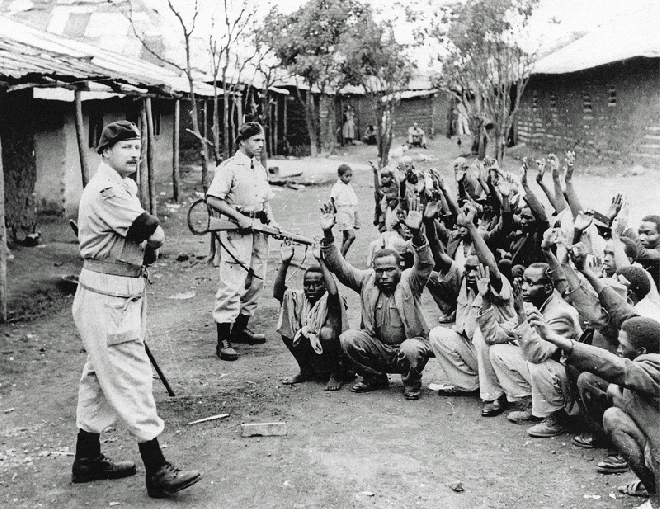I always remind people that even if you are traveling the world for fun, that does not mean you can’t get a bruise or a cut in the process.
It is then that you need a first aid kit not only to contain the situation but also to avoid hospital systems that you are not familiar with.
Even when fully packed, most professional first aid Kits will not weight more than 2-3 kilos so it is never a burden to carry your kit.
Before we get into the Nitti Gritty of packing a professional kit, I would like to remind you that traveling entails visiting a new place that you are probably not familiar with. The weather will be different, the diet and the water.
The bottom line is that there is a very high chance of getting sick during or after a vacation.
However, the good news is that with these tips, everything will remain at check. Do not mistake me for a doctor because am not one.
The best I can do is give you general tips but with the help of my longtime friend who is a doctor, things can never be better here.
What is a first aid Kit?
A doctor will refer to a first aid kit as a piece of equipment that is highly essential for any adventure.
While most travelers know the importance of having a first aid kit, most of them get confused about what they should carry.
The main purpose of this article is to help you pack your kit with essential medicine and other amenities.
Read Also: the best bush adventure
The journey to adventure is risky but because of the excitement and being overwhelmed by the whole experience, people tend not to consider they might get into any form of trouble. What is for sure though that if you are embarking on any form of adventure.
You will see people strapping sprained ankles, dressing countless bruises and wounds, treating bites from crawling animals and so much more than you cannot imagine.
It takes a wonderful stroke of luck to go on an adventure and come out without a single bruise at least.
So being the most underrated thing by travelers, a first aid kit could be the most important thing out of everything that you packed for an adventure.
Most accidents that happen while trekking are minor but even in cases of fatal accidents, having a trusty first aid kit comes in handy while dealing with the situation.
Why the title Safety First?
The small things we leave to fate could either work for us or work against us. Some of you can testify that things do actually go wrong at the least expected time.
It is this time that your emergency first aid kit becomes meaningful. However, whether or not you are going to use the first aid kit on your adventure, carrying one is always a bonus.
Related: Best traveling tips for a pro traveler
The internet is filled with articles which insist on the importance of a first aid kit for travelers but they do not tell the readers how to balance the vitals in the kit.
You do not require the whole pack of a paramedic for your vacation, but choosing what should go into the kit and what should remain is always a tricky decision.
I know what you are thinking right now. Why not buy a commercially available travelers kit and get over this stress?
There is absolutely no problem with buying a commercially available first aid kit for travelers. In fact, some doctors recommend them to their patients or clients.
However, with years of experience in the field, my friend has been able to refine his first aid kit to reflect the challenges that most people face during their adventure.
Essentials of a first aid Kit for travelers
Commercial first aid kits have very basic vital such as dressing and pills. Refining your first aid kit with the following essentials will see you safely through your adventure and back.
1. Gauze
It does not matter if it’s made of cotton, silk or linen. Gauze is definitely a savior for almost all situations. A kit without gauze is not complete.
Gauze can be used to apply pressure on a wound, stop bleeding, soak blood and can even be used a dressing.
A clean wound and a layer of gauze kept down with either tape or a bandage is often enough to allow time for you to go and get it looked at by a professional.
2. Crepe bandages or elastic bandages
A basic crepe bandage comes in handy when you are dealing with something bigger than a basic cut.
It helps to keep the dressing in place until professional medical attention is offered. You will not need a lot of elastic bandages so one roll would be enough to run you on an adventure.
3. Surgical tape
Surgical tape, unlike other tapes, is more adhesive and it can stick on gauze and other types of dressing to ensure they remain in place until proper attention on the wound is given.
This tape comes in hand during emergencies where the wound has to be dressed quickly to avoid further bleeding.
4. Bandages or plasters
Plasters are essential in a first aid kit and almost all kits have a plaster included. While going for a trail or trek adventure, some of the most common forms of injury include cuts, bruises and graze.
These minor accidents can easily be handled using a plaster to avoid further injury or infection on the open cut.
If you happen to use all your bandages, remember to restock when you pass by a pharmacy.
5. Antibacterial creams
Carry antibacterial creams like Neosporin for any cuts and scrapes you get. This will help heal them faster as well as prevent any possible infections.
Must read: The most evocative adventure
6. Anti-diarrhea tablets
Also known under a variety of brand names such as Imodium, this is useful for stopping diarrhea for short periods when you need to catch a bus or train. Remember, these are for those emergency moments only when you are actually in transit.
They do not cure diarrhea and shouldn’t be used when you can rest up for a couple of days. (Normally the best way to treat diarrhea is to let everything pass through your system normally and drink plenty of water to replace lost fluids.)
7. Tweezers
This item also comes standard in all commercially available first aid kits. Tweezers are used to remove small particles of dirt or stone from an injury prior to cleaning the wound. It can also be used to hold gauze and dip it in spirit instead of doing it with your fingers.
8. Antiseptic wipes
These wipes eliminate the need for carrying large amounts of cotton and antiseptic in a bottle. They are very useful since they come ready to use hence allowing you to disinfect your wound or bite as fast as possible. These wipes should be used for cleaning before dressing the wound.
9. Scissors
Even the most basic first aid kit for travelers comes equipped with a small pair of scissors. If the scissors are not strong enough to cut tough textures, be sure to buy new ones. Scissors are useful while trimming gauze, bandages and cutting through clothes to access the injured part.
10. Condoms
The use of condoms is straightforward really for your health safety. However, in case of an emergency, they can be used to carry water or be filled with ice to make an ice pack. Hopefully, you will not use them for any other means other than their intended purpose.
11. Painkillers
Basic paracetamols should be in your kit without question. Due to exhaustion and long hours of travel, some people get back pains and headaches which can easily be contained using basic paracetamols. Try out known brands like acetaminophen or ibuprofen
12. Antihistamine cream
It happens to all of us on our travels: we get bitten by some form of insect and end up with a painfully itchy bump or rash.
Don’t worry, the absolute majority of the time the bumps and stings aren’t anything to worry about at all, but they are damned annoying!
This is why a good antihistamine cream is a useful addition to help control the itching and swelling.
13. Sunscreen
Are you traveling to Africa to popular destinations like Kenya? Why did I ask? If you are coming to Kenya for sunbathing and trekking, my good friends, my one and only tip is that you should always carry sunscreen.
You better not pack anything else in that kit to create room for sunscreen. The sun here is hot!
This list can be tailored or added to depending on your trip. Any good first aid kit should also include any specific, individually prescribed medication. So go pack up your own little first aid kit and keep it stashed in your pack for emergencies.








